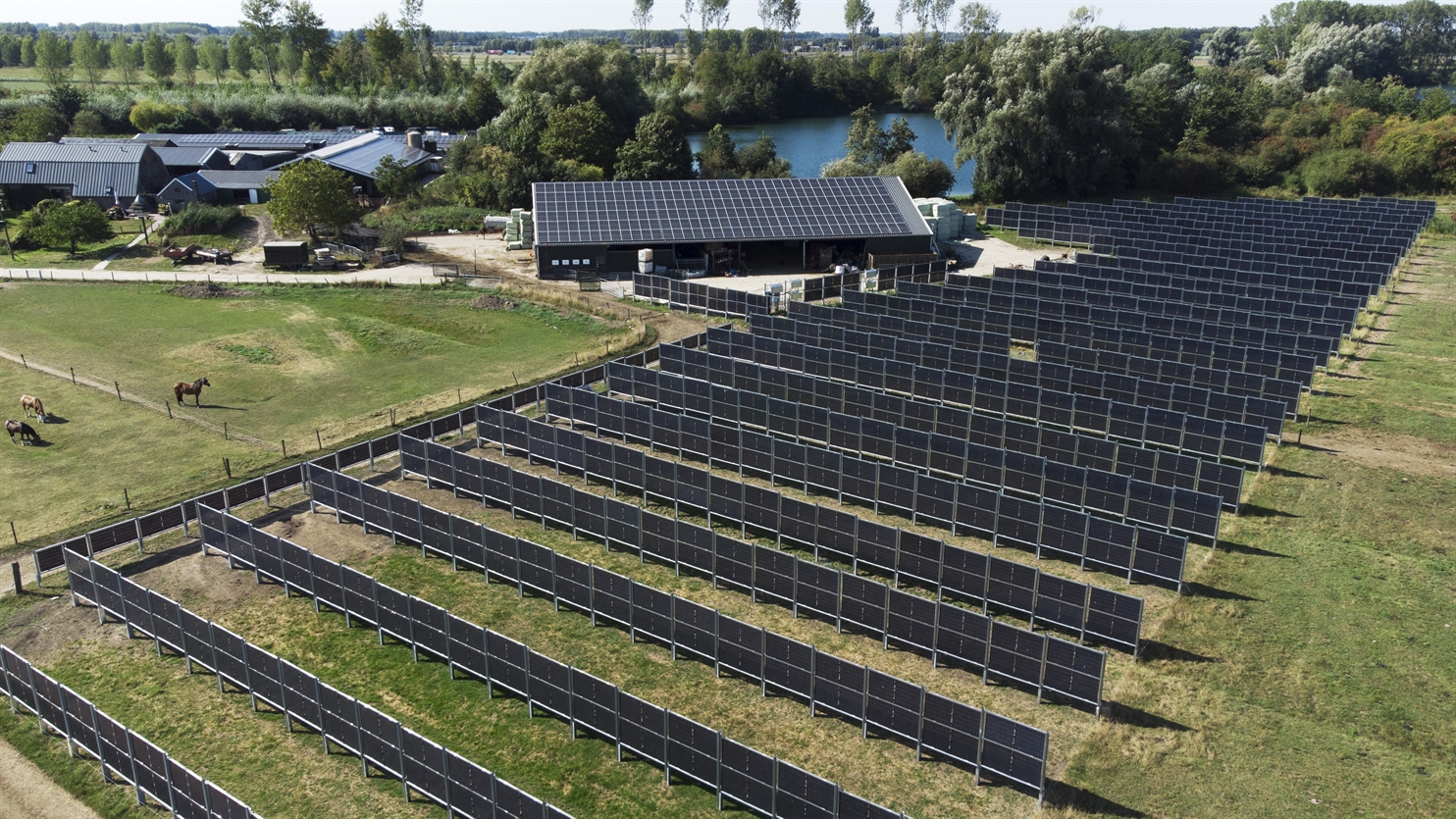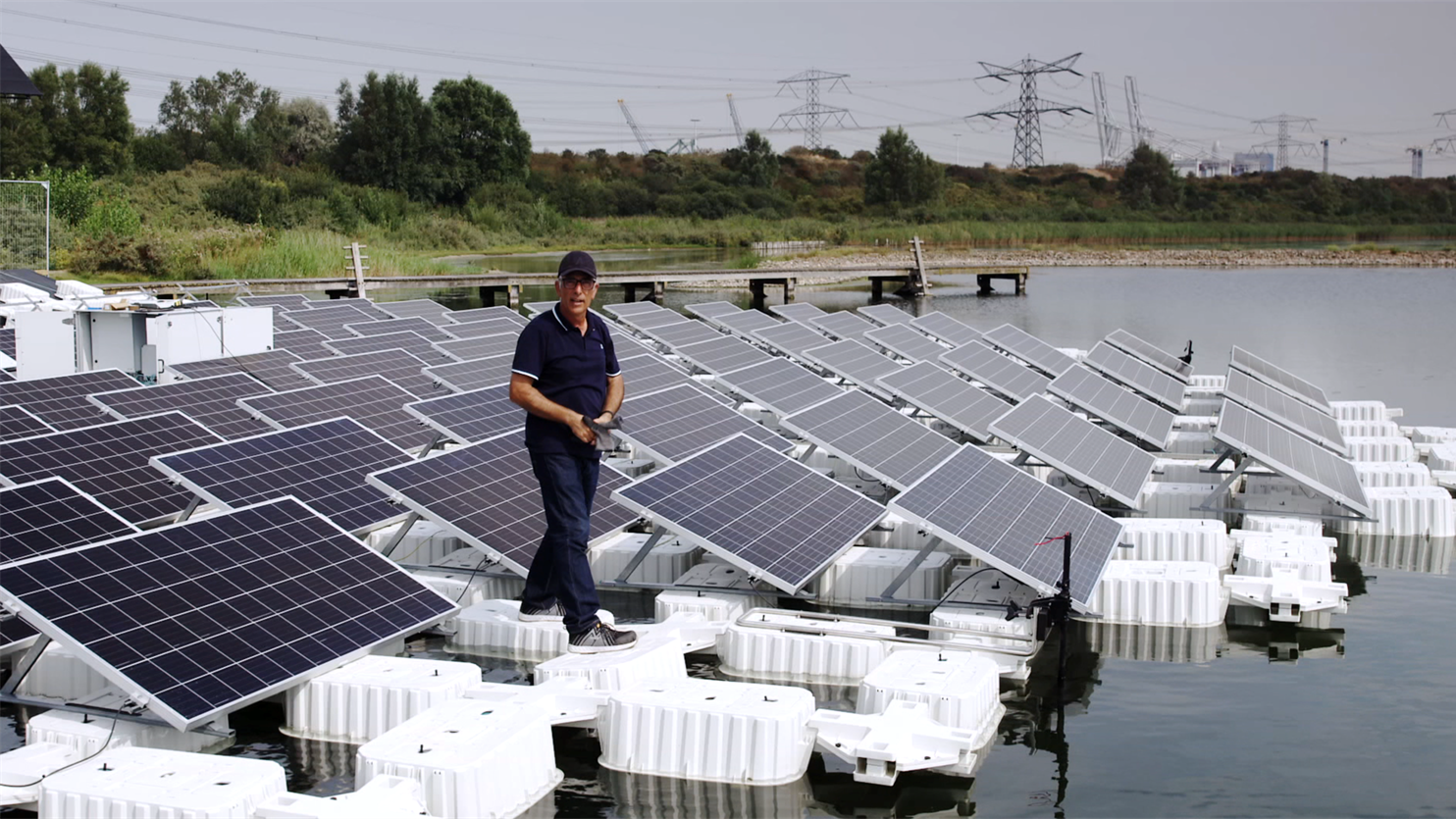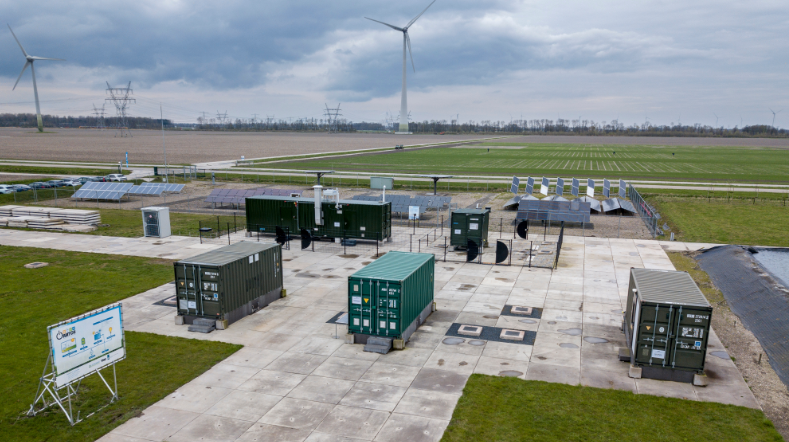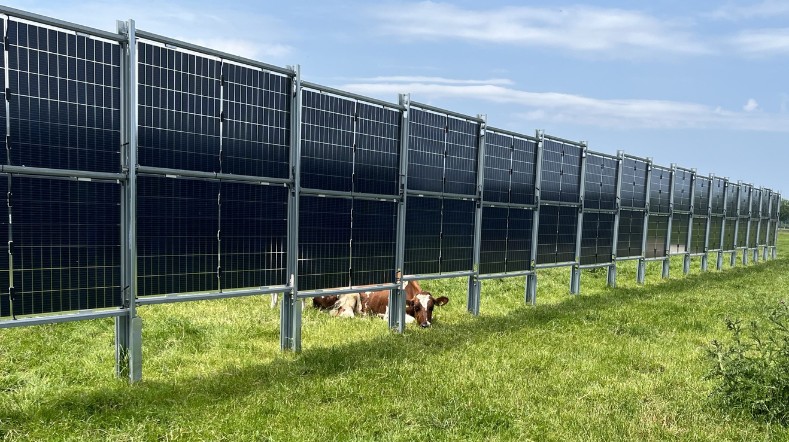
The impact of solar energy on the environment
It is expected that in 10 years’ time, the Netherlands will generate 5 times more solar energy than it did in 2020. And in 2050, it will be 20 times more. A major roll-out of solar farms on land and water is needed to achieve this. We’re conducting studies how this can be done without impacting the landscape, water quality or the ecology.
Solar farm on land
The Netherlands is a small, densely populated country in which we need to be careful with the available space. We’re therefore working on technological solutions for installing solar panels on land in such a way that they’re inconspicuous and take up little space. Thanks in part to our innovations, solar modules are available in an increasing number of shapes, sizes, and colours, making them easy to integrate into the landscape. For example, in many cases it’s possible to combine existing agricultural functions with solar energy generation on agriculture parcels. A good example of multi-purpose land use is solar panels placed vertically, with arable products growing between them.

Eco-positive solar farms
We’re working on solar farms that respect the cultural and historical values of the landscape and that can be combined with the maintenance, restructuring or establishment of ecologically valuable areas. Solar energy need not be a burden on nature; it can actually contribute to biodiversity. We’re collaborating with partners to understand and model the relationship between design parameters of solar farms and the effects on microclimate, soil, and flora and fauna. Solar farms with a proven positive contribution to biodiversity or to soil quality can be called eco-positive solar parks.
Circularity also plays a role alongside research into the ecological aspects of solar power plants. TNO is working on the design of solar farms and the use of materials which are largely or entirely recyclable. The work always includes maximising yields and building a good business case.
Savings on solar farm maintenance
Land-based solar farms have to operate for at least 25 years and throughout that time, they need regular maintenance. By accurately predicting degradation and failure during the entire service life, we could reduce maintenance costs by up to 10%. We’re working on a method to achieve this.
Utilising inland bodies of water
In a corner of Oostvoornse Meer lake, there’s a field lab where we’re conducting research together with other parties on floating solar systems for larger inland bodies of water. This is also a combination of research on:
- technical performance and yield
- robustness of systems that must be able to withstand wind and waves
- influence on life above and below water
- reliability
- circularity
- economic feasibility

The step towards the sea
Knowledge acquired about floating systems on the larger inland waterways also contributes to a long-term goal: offshore solar farms. Conditions at sea are much more difficult, but the yields are potentially high. When it comes to this research, our country is at the forefront worldwide. One of the projects is Solar@Sea, in which companies and knowledge institutions are building a test set-up of lightweight flexible floating constructions, based on thin-film PV. Together with maritime research institute MARIN, we’re also providing knowledge for the ‘Zon op zee’ (Offshore solar) project. The company Oceans of Energy has carried out an initial test on the North Sea, using a pontoon with 56 solar panels.
It’s an attractive idea to build floating solar systems at sea between the turbines of offshore wind farms and to strive for synergy in the energy infrastructure. The research focuses on:
- maximising the yield
- robustness of the systems
- service life
- life cycle of the materials
Get inspired
SWITCH tackles the energy issues of the future


SWITCH field lab of TNO and Wageningen University & Research/ACRRES opened


Study solar systems in dairy farming launched


TNO's view of 2030: using every surface for solar power generation


Combining offshore wind and floating solar to reduce costs of green hydrogen





